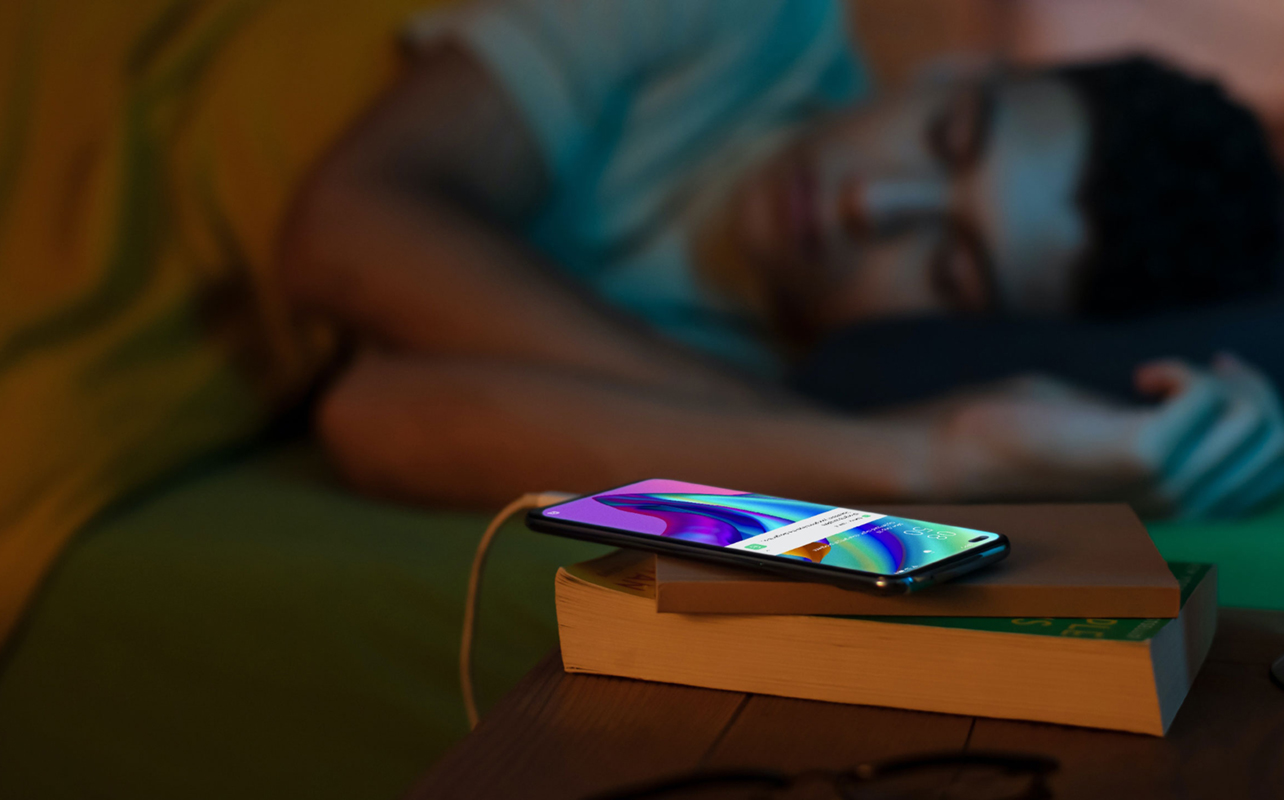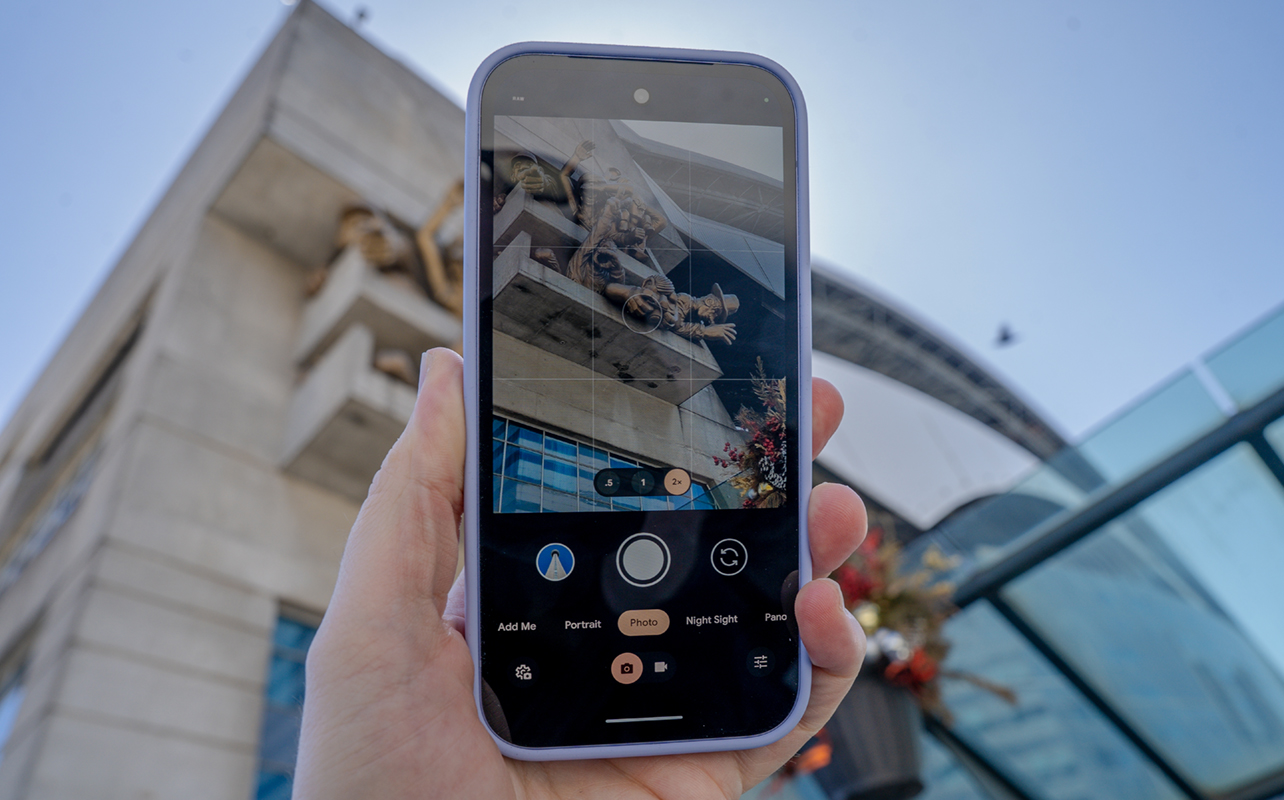
There comes a time when every parent will cave and get their teen a cell phone and plan. With that comes endless hours of scrolling TikTok and social media, streaming music, TV shows, and YouTube, and messaging with friends. Let’s not forget the runaway subscription costs and in-app purchases. It adds up and can lead to a shocker of a cell phone bill that leaves you furious.
We’ve all seen those news headlines about a parent who got a four- or five-figure cell bill after their child made hundreds of in-app purchases. A friend of mine once got a massive bill when her teen fell asleep at home with music streaming in her earbuds and Wi-Fi turned off. With the right practical tools to track usage, limit data, and block purchases, and the most suitable service plans, however, you can avoid unfortunate situations like these.
In this guide, you’ll learn about teenage habits when it comes to cell phone data usage, how to reduce bills, set limits, and teach your kids responsibility. This includes strategies like signing up for family plans and carrier alerts, and making use of both built-in and third-party parental controls.
Step 1: Know where the data goes

Before you can figure out how that bill got so high, you need to know where the data is being used. There are built-in tools in all the best phones for students that can help.
iOS Screen time and app limits
Apple iPhones have an option in the Settings menu where you can see how much time your teen is spending on the device and on what apps. From there, you can schedule downtime, set time limits on specific apps or phone usage overall, and even limit communications. Make sure to lock these settings so crafty teens don’t reverse them!
Android digital wellbeing & data saver
With the Digital Wellbeing feature in Settings, you can manage screen time, set app limits, and set up parental controls. Data Saver, meanwhile, prevents background apps from running unless you’re on Wi-Fi to conserve data.
Step 2: Use your carrier’s free tools

Did you know every wireless carrier offers free tools to help you manage data usage?
Web or app dashboard: Log in to your account via web browser or apps, like MyRogers and MyBell, to check data usage. It isn’t updated in real-time, but it will give you an indication of where you were at least a few hours prior.
Real-time usage alerts: Make sure to sign up for these SMS or e-mail alerts. The carrier will send a notification when you have reached a certain threshold, like 75% of your plan limit, so you can adjust usage accordingly.
Hard caps or data throttling: Some plans include hard caps whereby data completely shuts off once the limit has been reached. More commonly now are “unlimited” plans that throttle (i.e. slow down) internet speeds once you reach the maximum in your plan. You can still surf websites and read e-mails. But the speeds are too slow for more intensive tasks like mobile gaming or video streaming.
Family sharing: Sign up for a large bucket of shared data for the family. This gives you a buffer in case one person happens to go over while another family member barely uses any. It’s also a good way to compare usage at the end of each month. Show a teen if they are way above everyone else and need to put the brakes on usage of certain apps.
Step 3: Use parental controls
Parental control features built into the device let you set restrictions and time limits. A teenager might only be permitted to use TikTok for an hour a day, or access YouTube for no more than two hours. As the child builds trust, you can remove or adjust parental controls at any time.
Step 4: Block purchases

Block purchases from the app store or in-app purchases. You can also set it such that your teen must receive approval from a parent before they can download or buy something. The parent receives an e-mail to which they reply yes or no. This way, you’re always informed of what they’re spending, when, and on what.
Step 5: Add third-party or router-level controls
For more intense security, consider trusted third-party apps like Bark, Qustodio, or Norton Family for cross-device tracking. They add features like web filtering, location monitoring, games and app blocking, even call and messaging monitoring.
You can also use features through your home’s Wi-Fi router. Models from brands like TP-Link and Eero offer built-in parental control features. This won’t help curb data usage on a cellular network. But it will give you an idea of how your teens are using their devices at home, which may reflect how they use them on the go as well.
Step 6: Switch to the right type of plan (and save)

If you find that your teen isn’t overdoing it but the data in their current plan simply isn’t enough to keep up with their needs, consider changing the plan.
| Plan Type | Good For | Key Perks | Savings Angle |
| Family Shared Plan | Multiple kids | Multiple lines, shared data buckets | Adjust data based on who needs it most each month |
| BYOD Prepaid | Teen who has a phone already | No credit checks, no contract | Simple set-up, no device financing |
| Unlimited | Heavy users, older teens | Peace of mind that speeds are slowed versus overage charges | No overage charges |
| Light data | College/university students, home schoolers | Lower fee for less data | You aren’t paying for more than you need |
If you’re considering a family plan, look into the latest Bring Your Own Device plans from the top carriers. They range from $39 a month up to $80 a month for plans that include up to 175GB of shared data. There are options to use your phones across Canada and, with some plans, in the U.S. and Mexico as well. With trade-in and financing options, you can save even more.
Teach cost saving habits

It’s worth teaching your kids cost-saving habits that they can carry over to adulthood.
Download while on Wi-Fi networks: Remind them to download content, like movies, TV show episodes/seasons, and music playlists before leaving the house. This takes up space on their devices. But they can delete them after watching/listening and re-download as needed.
Auto-connect to known Wi-Fi networks: Leaving Wi-Fi on can drain a phone’s battery more quickly. But doing so will also ensure their devices automatically connect to known Wi-Fi networks whenever they are in range, including password-protected ones like at a friend’s house or the local shopping mall. Just make sure they limit connectivity to secured networks to protect their personal and private data.
Disable background apps: Turn off automatic app updates or adjust settings so apps are only updated when connected to a Wi-Fi network. Make sure apps aren’t constantly running in the background unless they have to be. A weather app needs to run continuously, for example, but that time-wasting game doesn’t. Teach them how to completely shut down not just close apps. This will help the phone run more efficiently overall as well.
Encourage low-data messaging apps: They might use apps like Discord and Snapchat for messaging. Encourage them to use ones like iMessage, RCS, WhatsApp, or even Messenger Lite for daily communications on the go instead.
FAQs

How much data does the average teen use?
Consider that one HD movie uses about 3GB of data, and streaming high quality music uses about 200MB of data per hour, or 1GB for every five hours. For an average teen, 10-15GB per month should be more than enough. For those who stream a lot when not on Wi-Fi, like commuting students, consider a plan with 20-30GB.
Can I cap data without paying for an unlimited plan?
Yes, you can “pause” with the carrier to temporarily cut off data until you “unpause.” This is usually do-able from the carrier’s mobile app. Some carriers only offer this feature with specific plans, though.
Do parental control apps slow the phone down?
Third-party parental control apps can slow down your phone since they use a virtual private network (VPN). This directs your activity to a remote server that verifies the browsing activity. It can then prevent your child from using apps they are not permitted to use, or for which limits have already been reached. To avoid slowdowns, stick with the parental controls that are already built into the phone.
Is prepaid safer for teens?
The advantage with prepaid is that you can’t possibly get any surprises with your monthly bill — but it also limits usage. However, if you feel a teenager is mature enough to have a phone in the first place, test the waters with a postpaid plan. Closely monitor usage at first to ensure your child is being responsible. As a safeguard, consider an unlimited plan that throttles speeds after a certain limit. It might be more expensive, but it will offer greater peace-of-mind. Family plans are also a great option since there’s a large bucket of data from which to draw.
Next steps

Tight budgets and teens’ scrolling habits don’t have to collide. Getting your teen their first smartphone with a cellular plan is a milestone moment. It means you feel they are mature enough to handle the responsibility. But it’s important to educate them on data usage and setting limits not just for the sake of keeping your bills low but curbing over-use as well. It’s equally important to be educated yourself on safeguards that can prevent costly overages and over-use. Learn about free tools your carrier offers, third-party monitoring apps, the best plans, and proper cost-saving habits. Armed with this information, your teen will be on their way to enjoying connectivity on the go. Plus, you’ll feel confident that there won’t be sticker shock when you open your bill.
Ready to get a new phone and/or a carrier plan to go with it for your teen? Explore student and family BYOD plans at Best Buy Canada.





